How to Remove Old Paint From Your Classic Car
by Paulo RobertoP in Workshop > Cars
3280 Views, 3 Favorites, 0 Comments
How to Remove Old Paint From Your Classic Car
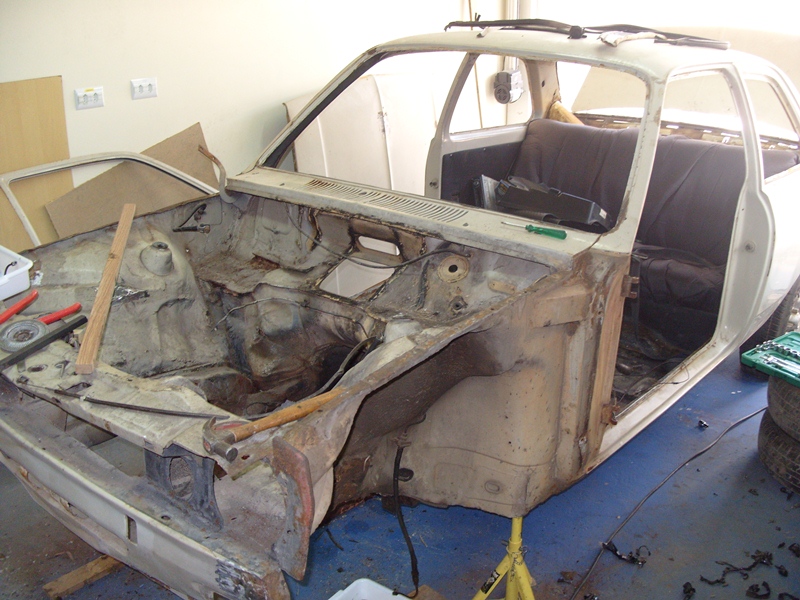
This is my first Instructable, and english is not my primary language, so, apologize for any bizarre mistake I possible did here.
The main reason to fully remove the paint is to know what is beneath it. Sometimes you don't know what kind of bad service has been done in the past that can affect you car integrity in the future. Besides, some new kind of paints aren't compatible with old technologies and will be a very good idea to remove all the old materials to the bare metal. Some will say that you can just achieve the right rugosity on the old paint and the new will fit, but this is not true, the best paint aderence happens by chemical bonds, and this will only happen if the products are compatible!
I will not lie to you, remove the paint is the worst job you will do in a car. You have dust, noise, burning, chemicals and lots of other things to worry about, so, be careful!
Grab Your Tools!
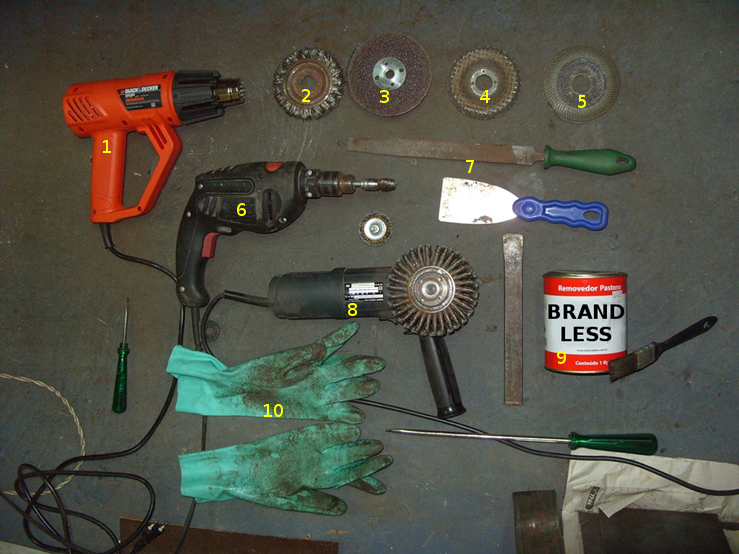
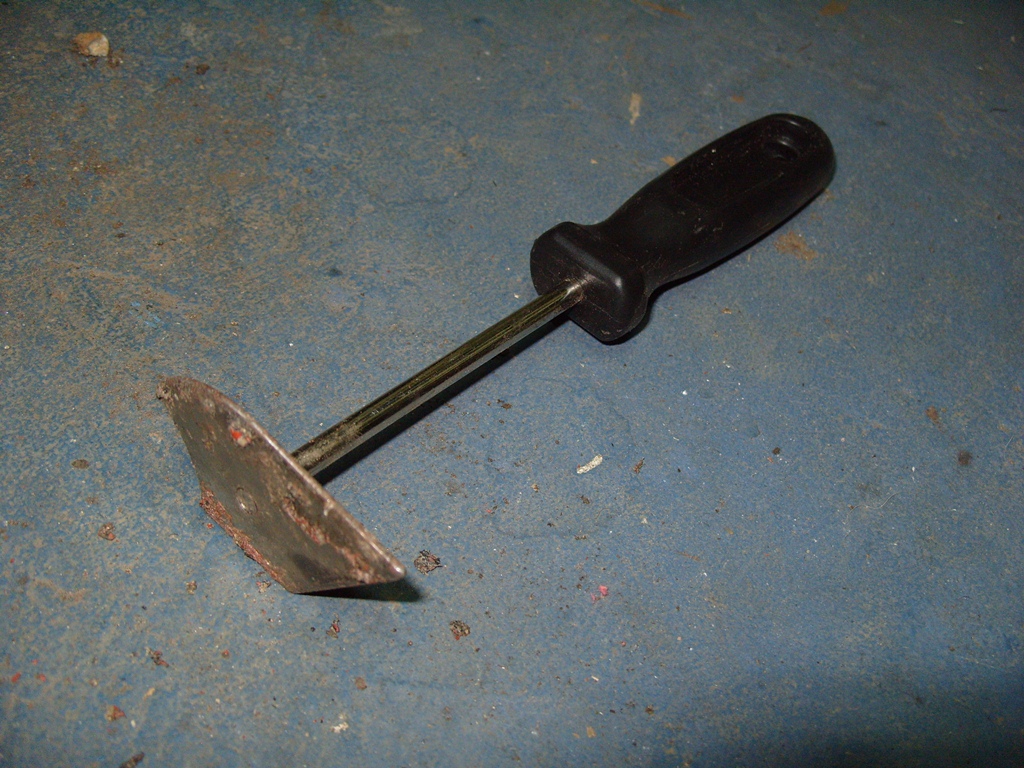
To achieve the best results (mainly if you don't know what you will find under the painting!) you will need some tools:
1 - Hot air Blower: Its purpose is to help to remove anything that can clog your sandpaper or that cannot be removed by paint remover, like some bi components paints. You must use it on the rubber seal applied over welds and small crevices. If you have areas with thick putty or filler it will work fine as well. Another application are to reach areas that your rotating tools don't reach. NEVER buy some generic hot air blower, you will be using it on the maximum power because you want the paint to be destroyed, a generic tool will blowup quickly and will be a waste of money;
2 - Angle grinder wire brush: Works well on thin paints and soft rust. Don't ever try to remove putty or filler with it! Be aware that some of its wires can fly away in high speeds, hitting eyes, skin etc so, use your protective gear like glasses, gloves etc;
3 - Regular sanding disc: Its the most powerful and versatile tool for any kind of hard material. Number one to remove putty and paint. If you are not careful, it removes the metal too. Don't use it near any kind of rubber or it will be quickly clogged;
4 - Grinding wheel: Not exactly to remove paint, but, if you have the tool and opportunity, remove any bad welding you find in your way;
5 - Flap sanding disc: Almost like the grindin wheel, but you get a better finishing. I used to believe that it worked like a regular sanding disc, but its very different;
6 - Electric drill and small wire brushes: After you use paint remover you will probably get a lot of residues with low adherence, but you have to get rid of then anyway. These kind of brushes works fine on the drilling rotation and can remove these "crusts" easily. Sometimes you can remove some of the painting, especially in hard to reach places. You can use some kind of Dremel too, but only in very small areas. A important note, NEVER use a stainless steel brush on carbon (regular) steel! If you do so, you will contaminate its surface and made it prone to corrosion!
7 - Metal files, spatula, screw driver and other pointed things: The file can help to remove some bad welds and some welding splashes of old repairs, the spatula and screw drivers can help you to remove large portions of putty or filler with bad adhesion, or other kinds of materials when you use a hot air blower. The best tool for these purposes are the one on the second picture, that comes with my hot air blower.
8 - Angle Grinder: You will need it for the discs I said before. NEVER forget you protection gear! Glasses, gloves, breathing mask, etc.;
9 - Paint remover: You have lots of options on the market but keep in mind that you have a very resistant paint (usually) that will not be removed by the cheaper option. If the paint are some kind of epoxy or polyurethane, you will need some powerful remover. Wear your glasses, gloves (nitrile) breathing mask (for chemical!) and cover every part of your skin, because if you got hit by one drop, you will never forget the burning! Follow the instructions, or, if the product don't have one, apply a thick layer over the paint and wait not more than five minutes or it will adere again to the surface (not as before, but will be easier if you remove before that). Use a spatula to remove everything, or better, use a high pressure water jet, if you have one. Never reuse the brush for paint or other applications because it will damage the paint or the other product composition. Make sure that you remove all the residues of the surface before painting again. If something aren't removed on the first time you used the remover, probably you will need to use other method like a sanding disc.
Begin Washing and Applying Paint Remover
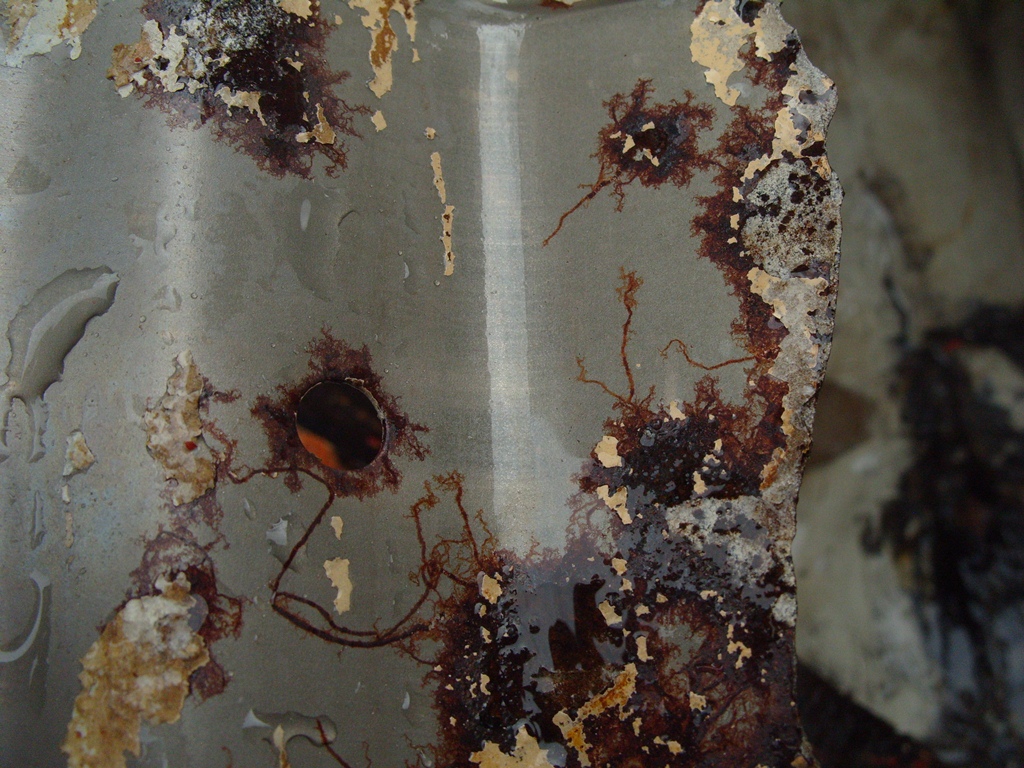
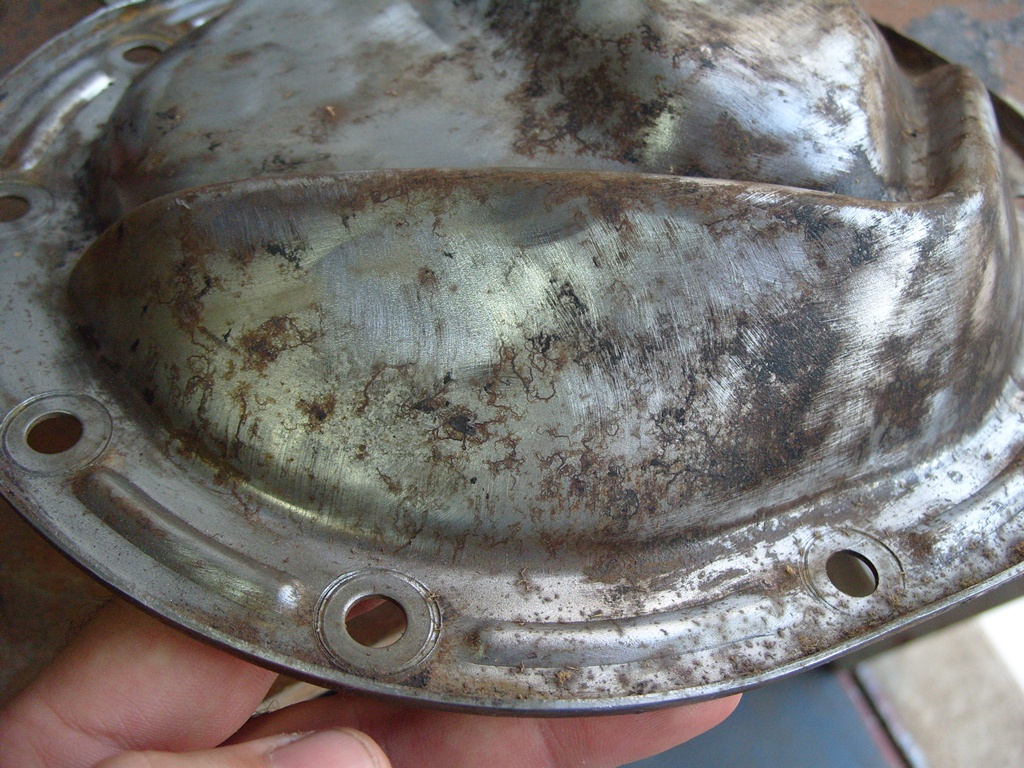
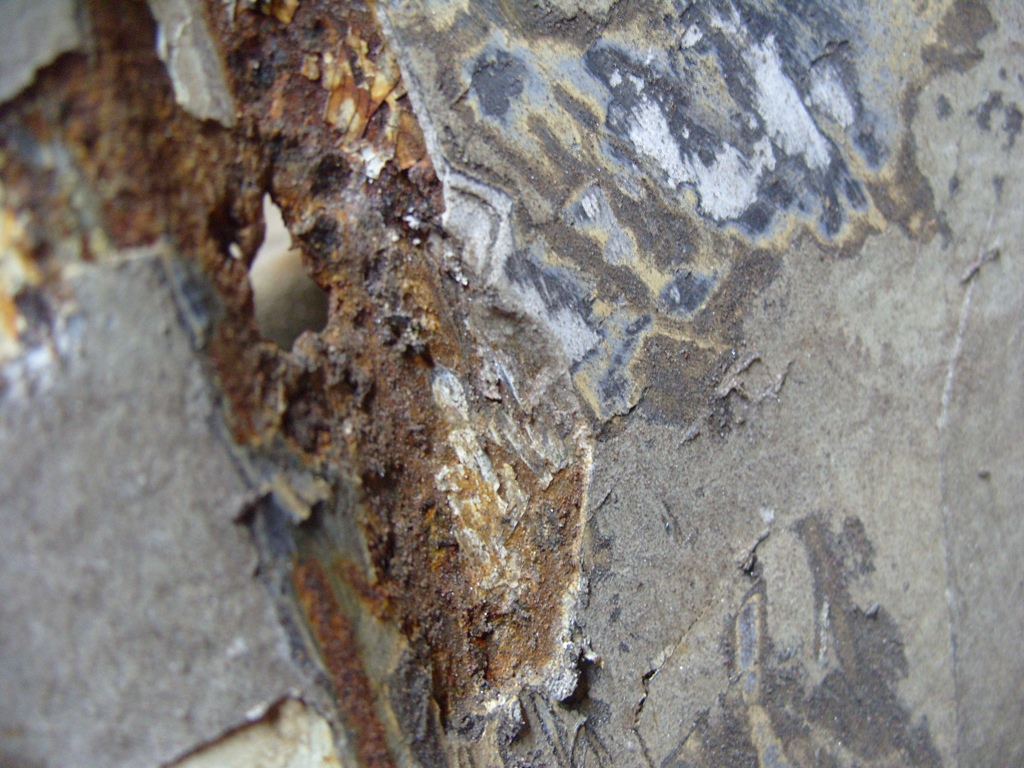
First thing, see if you have something loose and easy to remove with hand tools, then, remove it.
Its important to wash the car before start because dirt will reduce the effectiveness of the paint remover and hide some of the problems you can find on the surface, that can help you to choose your method of removal.
Apply the paint remover generously in continuous and small areas. Don't try to apply all over the car because it will dry and forms a hard crusty. Remove the stripped painting with a spatula or a water jet (best results for paints without rust or filler).
If you have some filiform corrosion under the paint, these regions will need some wire brush work, after the water jet or the spatula, but nothing hard to remove. The first picture are an area with filiform corrosion after paint remover and a water jet and the second are other similar area (differential cover) after paint remover water jet and brushing
After this step you will find the places that the paint remover will not work, like some kinds of putty, filler, rubber, especial paints etc. Look at the 3º picture, besides the nice corrosion, you have some filler very difficult to remove.
Now the Hard Work Begin
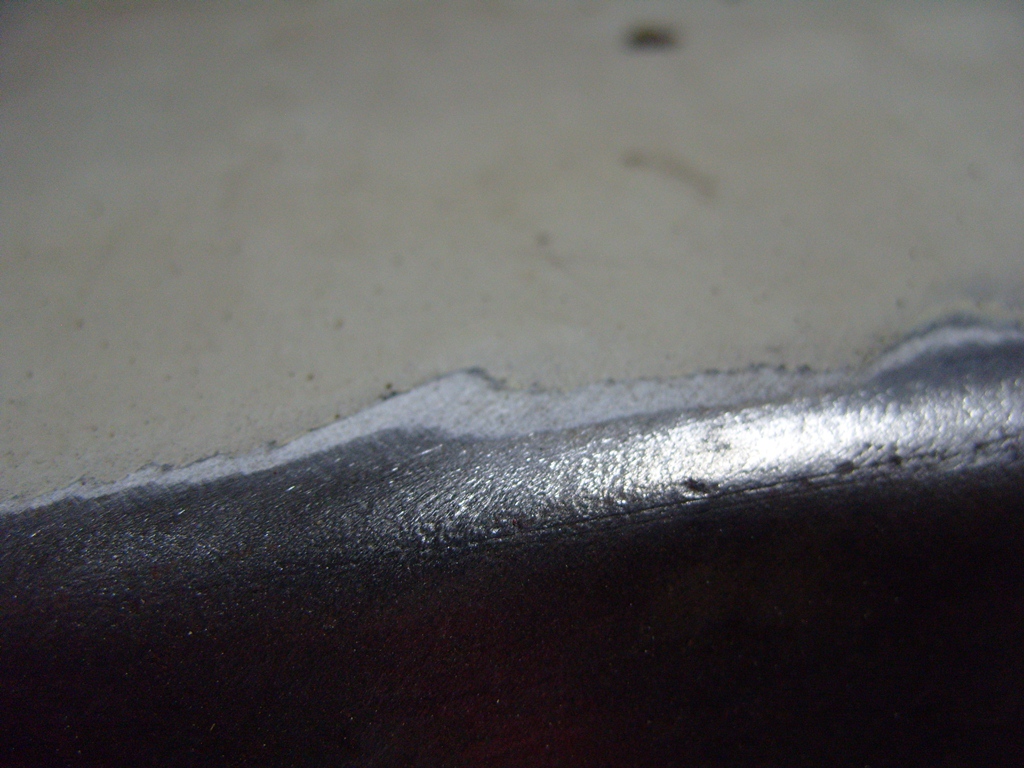
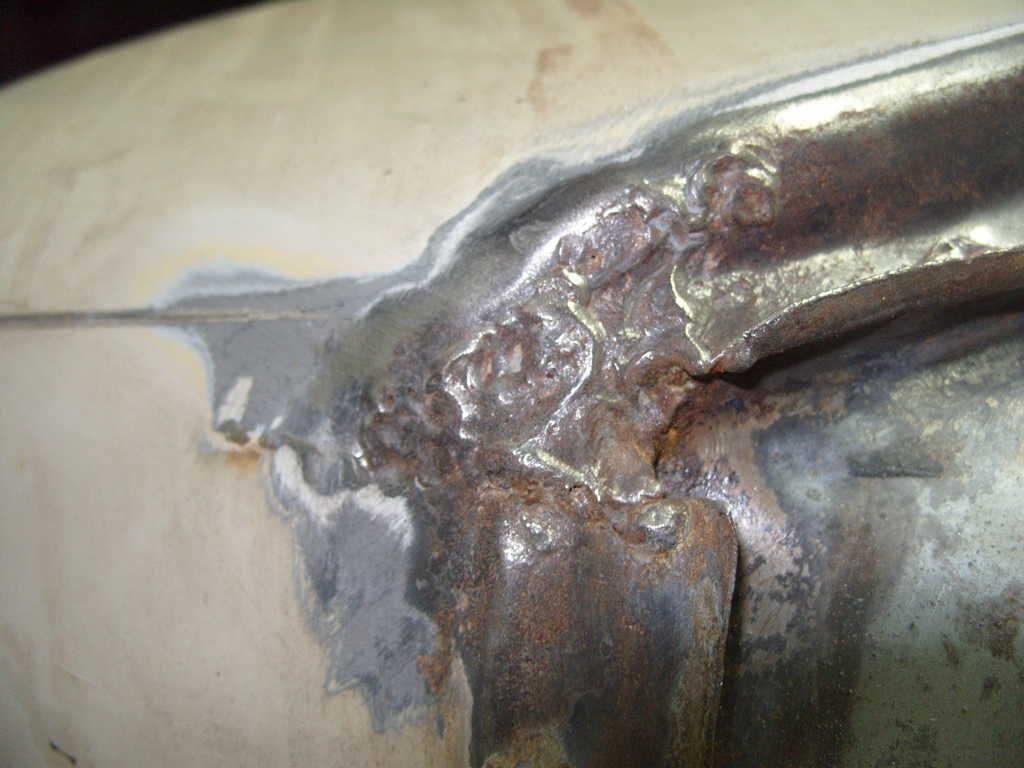
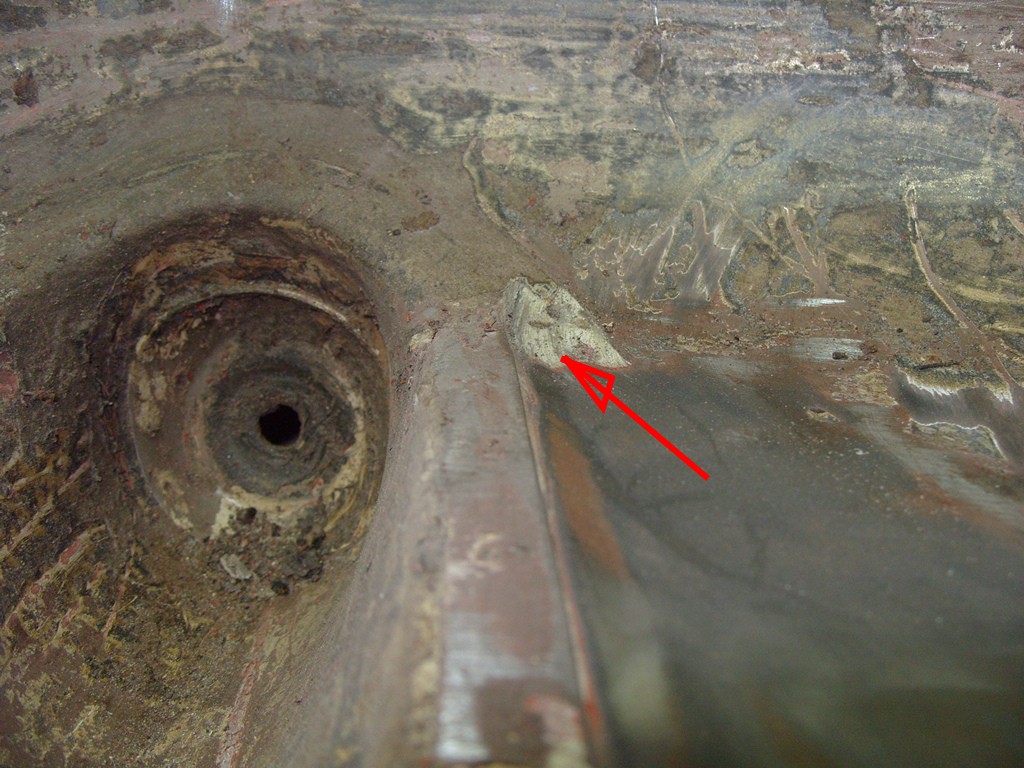
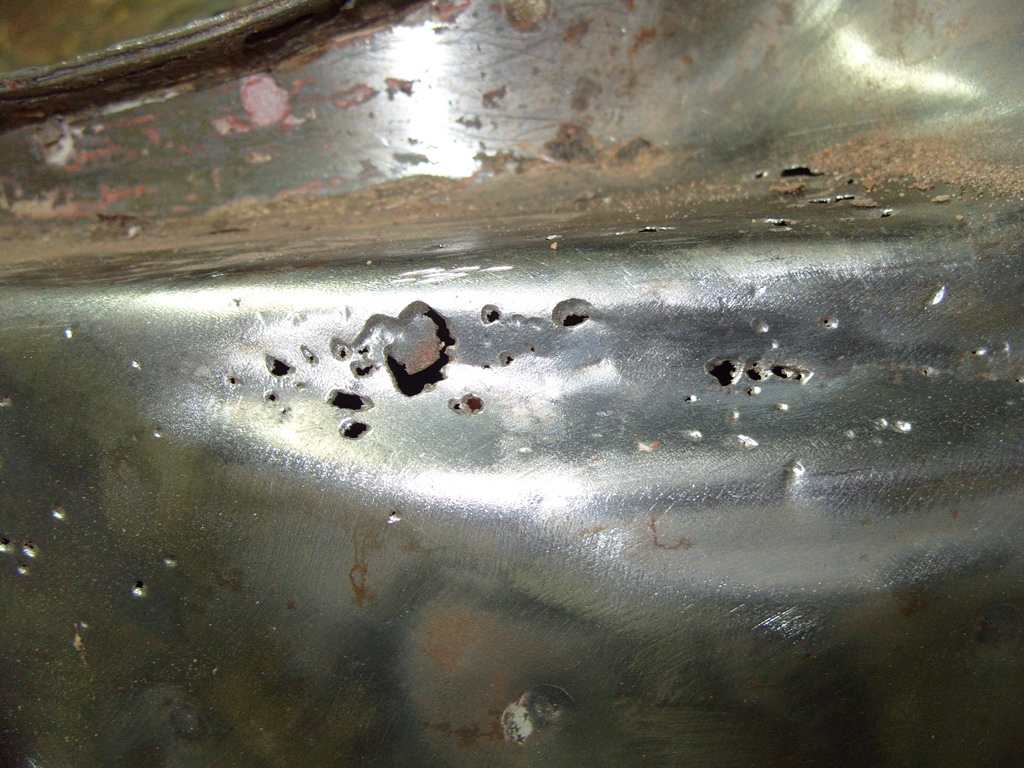
Now you have no other options but hard work:
- If you have filler, use the regular sanding disc (1º picture);
- If the surface are to irregular to the sanding disc (2º picture), use the hot air blower, spatulas and screw drivers;
- If you have rubber or other soft layer (3º picture), use the hot air blower and, if it doesn't work, try the small wire brushes;
- After sanding and scraping you shall apply the angle grinder to remove the last of the painting to get a nice and shinning surface (4º picture);
- Repeat until all the car ar on bare metal
Appreciate the Very Nice Job You Have Done
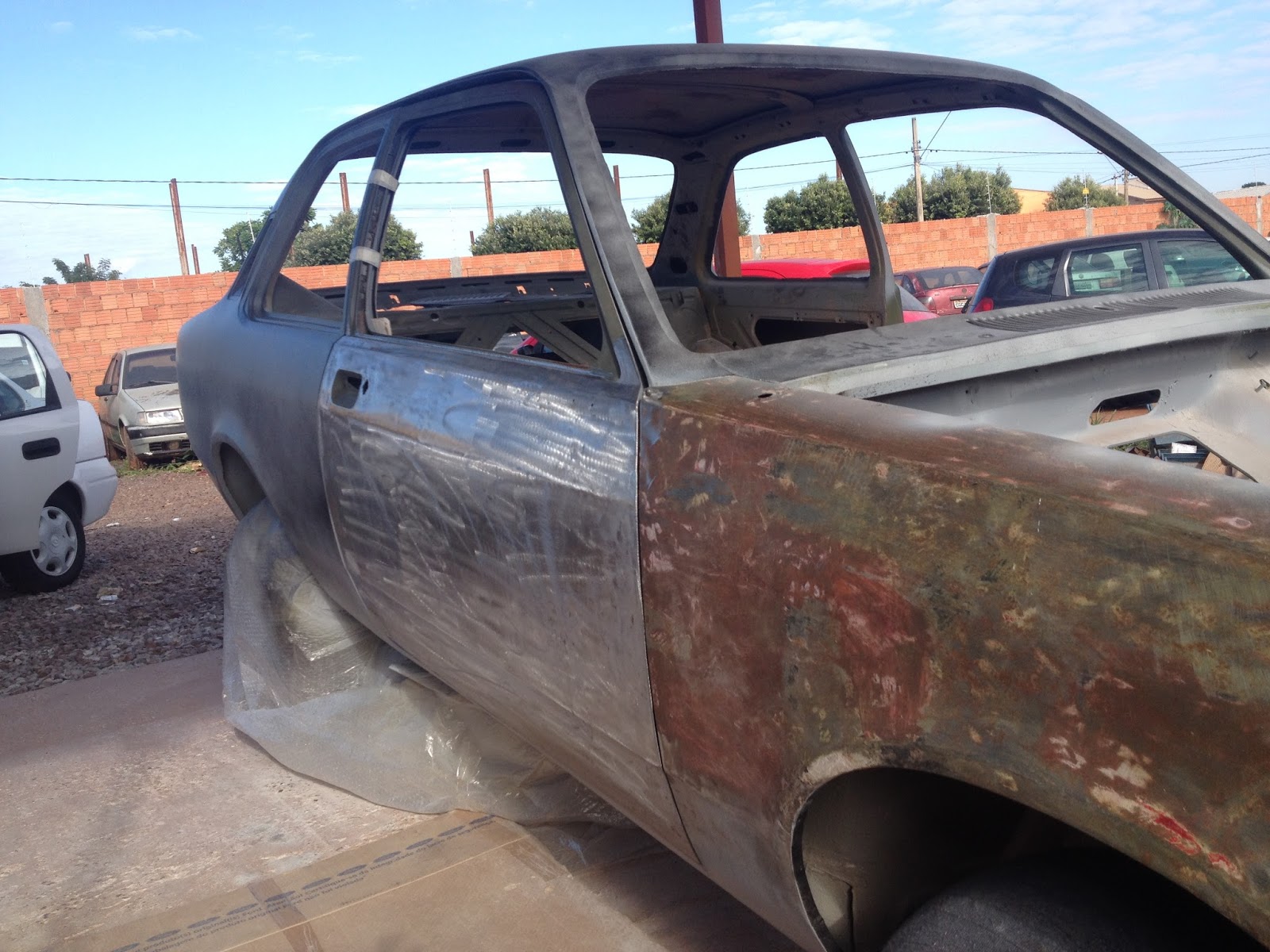
Now you have a complete bare metal car!
Appreciate it, but, don't let it that way for to long or it will rust to debris in no time! I suggest apply some fosfatization compound like wash primmer (the nice grey green paint) to stabilize the metal.
Obs. The car on the picture are mine (Nice!). It has 3 different color on the picture because some parts have an ancient lead base painting that are very hard to remove completely and others not (don't ask me why). Besides, the wash primmer reacted differently with each plate forming different colors variations.